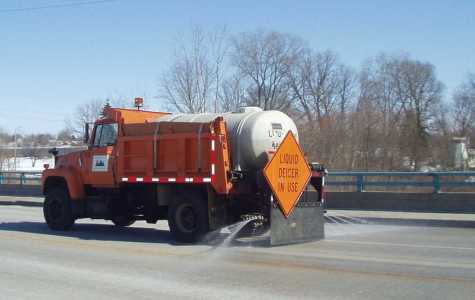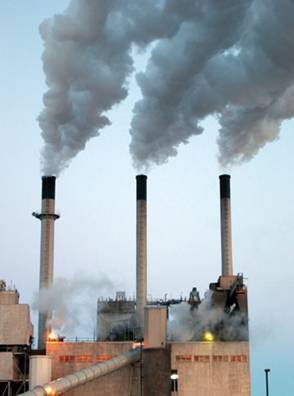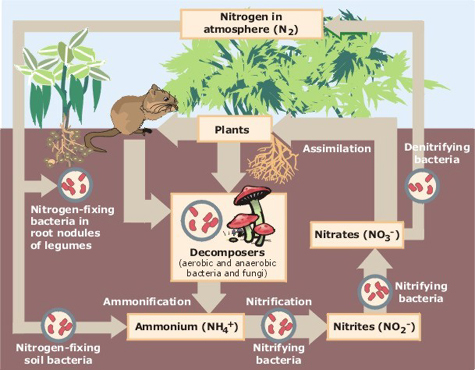Welcome to MyLakeWingra.org... a living, breathing, environmentally growing lake in Madison, Wisconsin ...
|
|
<<<<<<<<<<>>>>>>>>>> Of the hundreds of minerals in Lake Wingra, there are four main mineral areas: Chlorine, Mercury, Nitrogen, and Phosphorous. Three of these minerals (chlorine, mercury and nitrogen) are introduced below:
Mercury is one of the most dangerous elements that infects Lake Wingra. Initially produced from burning of fossil fuels, waste water treatment facilities, and coal power plants, mercury is a neurotoxin that effects the brain and nervous system. Because of mercury’s high mass, it is emitted and sinks down into lakes and rivers nearby. After it enters the water, bacteria convert it into methylmercury. This can be absorbed by fish, through both digestion and gill flow. It accumulates in the muscle of fish. Through the food chain process, mercury biomagnifies to harmful levels in fish highest on the food chain (eg. tuna, swordfish, shark). When we consume fish, mercury levels accumulate in us, and can cause brain and nervous disorders. Young children and pregnant women are advised to limit their fish intake.
Nitrogen is an important element in aquatic ecosystems. It is the major component for proteins and nucleic acid, and is often the limiting nutrient for plant growth. In managing nitrogen concentrations, it is very important to keep a an appropriate balance in the ecosystems. With too much or too little, the ecosystem will be harmed. The main sources of nitrogen in lakes are fertilizer and animal waste run off. (Plants also produce nitrogen) <<<<<<<<<<>>>>>>>>>> |


